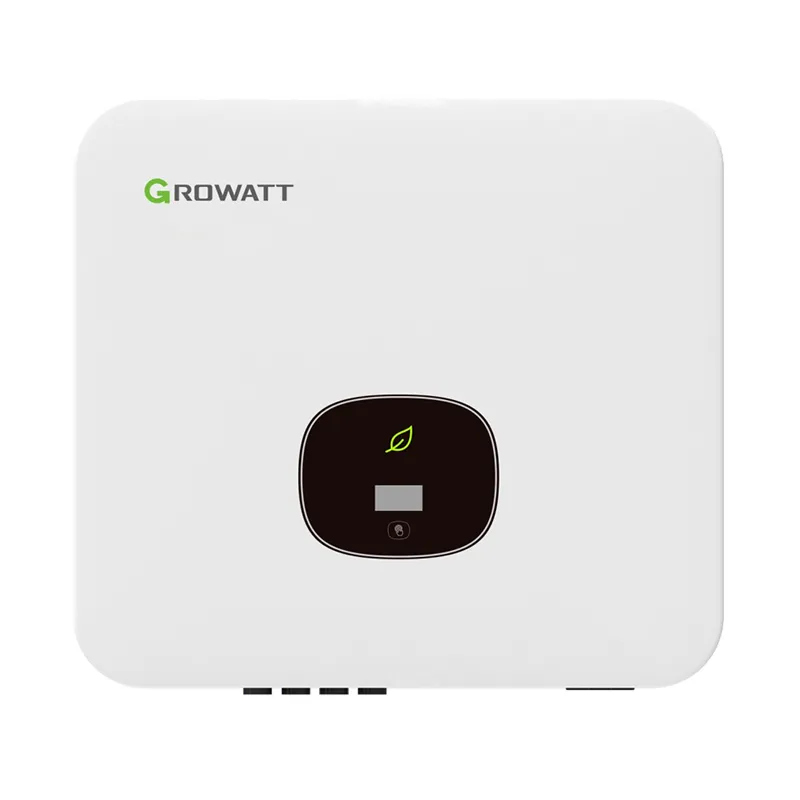solar panel power efficiency
Understanding Solar Panel Power Efficiency
Solar energy has emerged as a crucial alternative to traditional fossil fuels, primarily because it is renewable and cleaner for the environment. Central to harnessing this energy are solar panels, devices designed to convert sunlight into electricity. However, the efficiency of these panels plays a significant role in determining how effectively they can generate power. This article explores the concept of solar panel power efficiency, its measurement, the factors influencing it, and the advancements in technology aimed at improving performance.
What is Solar Panel Power Efficiency?
Solar panel power efficiency refers to the percentage of sunlight that can be converted into usable electricity by a solar panel. For example, if a solar panel has an efficiency rating of 20%, this means that it converts 20% of the sunlight it receives into electrical energy, while the remaining 80% is either reflected or absorbed as heat. Efficiency is a critical measure because it influences the amount of space required for solar installations and the overall cost-effectiveness of solar energy projects.
How is Efficiency Measured?
Efficiency is typically measured under standardized test conditions (STC), which include a specified temperature and light intensity. The most common measure involves testing the panel at 1000 watts per square meter of solar irradiance, with a temperature of 25 degrees Celsius. These conditions ensure consistency when comparing different solar panels.
Factors Influencing Solar Panel Efficiency
1. Material The type of semiconductor material used in solar cells significantly impacts efficiency. The most commonly used materials are monocrystalline silicon, polycrystalline silicon, and thin-film technologies. Monocrystalline panels are known for their high efficiency, often exceeding 20%, while polycrystalline panels typically offer efficiencies in the range of 15-17%. Thin-film panels, while more flexible and lightweight, generally have lower efficiencies, ranging from 10-12%.
solar panel power efficiency

2. Temperature Solar panels lose efficiency as temperatures rise. High temperatures can lead to a decrease in voltage and, consequently, overall power output. To combat this, manufacturers are exploring materials and designs that minimize thermal losses.
3. Angle and Positioning The angle at which solar panels are installed greatly influences their ability to capture sunlight. Panels should ideally be oriented toward the sun according to latitude and season to maximize exposure. Fixed tilt installations may not be optimal year-round, so some systems incorporate tracking technology to follow the sun's path.
4. Shading and Obstructions Even partial shading can significantly reduce the efficiency of solar panels. This is due to the way solar cells are connected; if one cell is blocked, it affects the performance of the entire string of cells. Hence, placement is crucial in avoiding obstructions such as trees, buildings, or other structures.
5. System Design and Maintenance The entire solar energy system, including inverters and wiring, contributes to overall efficiency. Proper design and regular maintenance, including cleaning and inspections, are necessary to ensure optimal performance.
Advancements in Solar Technology
In recent years, significant advancements have been made in solar panel technology that have led to increased efficiency. Bifacial solar panels, for instance, capture sunlight on both sides, improving energy production. Innovations in materials, such as the development of perovskite solar cells, have also shown promising results, with some prototypes achieving efficiencies exceeding 25%. Additionally, integrating artificial intelligence (AI) in monitoring and maintenance can optimize energy production by predicting panel performance and identifying issues before they become significant problems.
Conclusion
As the world strives for a sustainable energy future, understanding solar panel power efficiency is paramount. Increased efficiency not only enhances the viability of solar energy but also reduces the land and resources required for installations. With continued advancements in technology and a growing focus on renewable energy sources, solar power is poised to play an increasingly vital role in our energy landscape. Embracing these innovations will be essential in maximizing the benefits of solar energy, making it a cornerstone of global efforts toward sustainability and energy independence.
-
String Solar Inverter: The High-Efficiency Solution for Smart Solar EnergyNewsJul.14,2025
-
Revolutionizing Rooftop Energy with the Power of the Micro Solar InverterNewsJul.14,2025
-
Power Independence with Smart Off Grid Solar Inverter SolutionsNewsJul.14,2025
-
On Grid Solar Inverter: Powering the Future with Smart Grid IntegrationNewsJul.14,2025
-
Monocrystalline Solar Panels: High-Efficiency Power for the Future of Clean EnergyNewsJul.14,2025
-
Bifacial Solar Panel: A Smarter Investment for Next-Generation Energy SystemsNewsJul.14,2025







